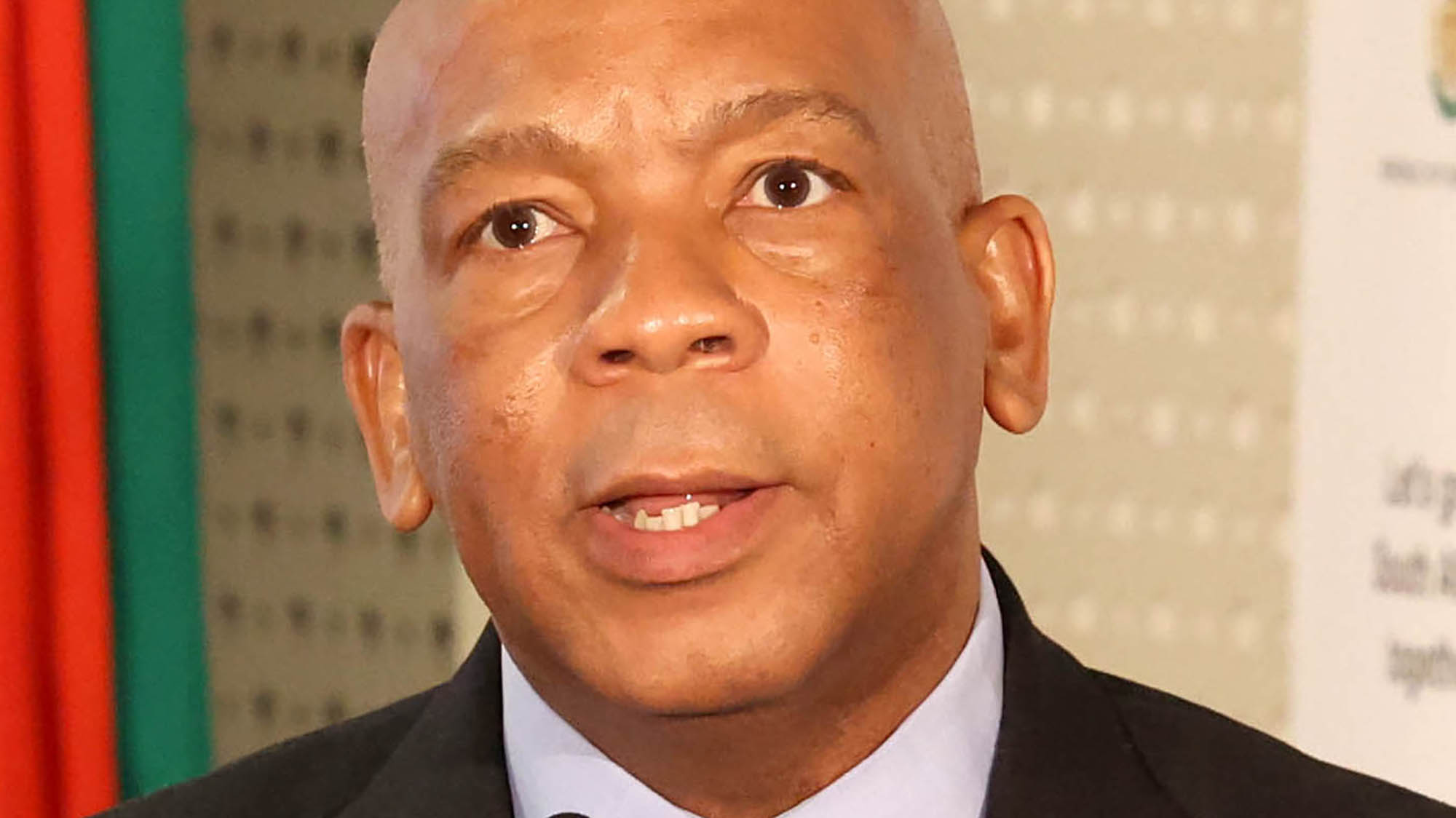With a more stable energy landscape, and after receiving and processing more than 4,000 inputs and 136 substantive submissions on South Africa’s draft updated Integrated Resource Plan (IRP), Minister of Electricity and Energy Kgosientsho Ramokgopa and his team will reveal their revised IRP 2024 next week.
It is expected that this version will be markedly different from the earlier version released for public comment by then minister of mineral resources and energy Gwede Mantashe on 4 January 2024, which was criticised for problems with its approach, methodology and assumptions.
Read more: ‘A shoddy piece of work’ — experts decry South Africa’s new blueprint for energy
The IRP is South Africa’s roadmap for electricity generation strategy, outlining how the country will meet its energy needs while balancing economic, environmental and social considerations. Ramokgopa put it another way – it is a “comprehensive articulation of the fuel sources” that will power the South African economy “going into the future”.
Among the concerns with the draft IRP 2023 – as identified by Meridian Economics – is that it did not provide for “an adequate power system in the short term” and that “a net-zero trajectory is not achieved in any scenario, and local air pollution is ignored when evaluating coal expansion scenario”.
South Africa’s revised carbon emission targets range, as part of the Paris Climate Agreement, is between 350 to 420 metric tonnes of carbon dioxide equivalent (Mt CO2-eq), with the lion’s share of that coming from electricity generation.
In a shift from the rhetoric of his predecessor, on Wednesday Ramokgopa confidently said, “Going into the future, we’re expecting an exponential increase of their [solar and wind energy] share in the aggregate mix.”
The minister and his colleagues revealed updates on the plan and explained its three objectives: ensuring the security of electricity supply, minimising electricity costs and mitigating the environmental impact of electricity supply.
Electricity supply security
Ramokgopa said, “With the kind of improvements that we’re making, we’re getting to a stage where we can say with a degree of confidence that indeed we have reached conditions where we can guarantee the security of electricity supply.”
He referred to Business Unity South Africa-commissioned research by the Bureau of Economic Research that found that if there were rapid operational improvements at Transnet and Eskom and a swift mobilisation of private sector investment, GDP growth could reach 3.5% in the next two years.
“For us to be able to achieve that, you need the security of supply. And that’s why it’s important that we’re building on that,” said Ramokgopa.
Read more: Heavy hitter CEOs target eye-watering economic growth by end of 2025 and a million jobs by 2030
Careful to not pop open the champagne too early and call an end to load shedding, Ramokgopa elaborated on notable advances in the direction of energy security. Wednesday, 19 November 2024, he explained, marked the longest stretch of uninterrupted power supply in five years.
The electrical system is performing “exceptionally well and exceeding even our own expectations”, Ramokgopa said, adding that the interventions were “resilient” and that should even a cluster of generating units fail, the system could continue without resorting to load shedding. This too has had to inform the revised IRP.
Read more: Here’s the data showing how Eskom is able to keep SA’s lights on
Renewables the cheapest
The IRP, Ramokgopa said, should also seek to minimise the cost of electricity. One way of doing this would be to increase the proportion of low-cost sources of electricity in the energy mix.
“It’s one thing to have the electricity available. It’s quite another for people to be able to afford it,” he said.
“But when you reconfigure the aggregate mix of the sources of energy, we know that the solar and wind … provide the cheapest form of electricity. You will see that going into the future, we’re expecting an exponential increase of their share in the aggregate mix.”
Renewable energy would be just one component of the overall energy mix outlined in IRP 2024, which would include nuclear, coal and gas-to-power, but “the aggregate distribution of the mix must be such that you are able to realise the affordability of electricity”.
Minimising environmental impacts
Ramokgopa explained that the IRP was carefully crafted, but that it had to be accepted that “there is going to be some adverse impact to the environment”.
“So the point is to show that as a result of your action, you also accommodate interventions that are meant to ensure that you minimise the adverse impact to the environment.”
CEO of the South African National Energy Development Institute (Sanedi), Dr Zwanani Titus Mathe, also shared some insights into the revised IRP.
He said that they considered the 133 submissions as “substantive” because “some of them provided additional information that was not necessarily considered and some provided additional data, additional alternatives that needed to be considered”.
“What has happened since then with the 4,000-odd inputs … received and then the 136 submissions that were received, went through a process of review … out of that the input assumptions for the modelling has changed in some cases. We have taken the latest input assumptions and also the data and of course, the performance of Eskom has changed. So all of that was taken into account.”
“It’s almost like a new IRP based on what has happened in the last two months or so,” said Mathe.
It is expected that the plan will be finalised by 30 November 2024 before it is tabled before Cabinet for approval in the first quarter of 2025. DM





